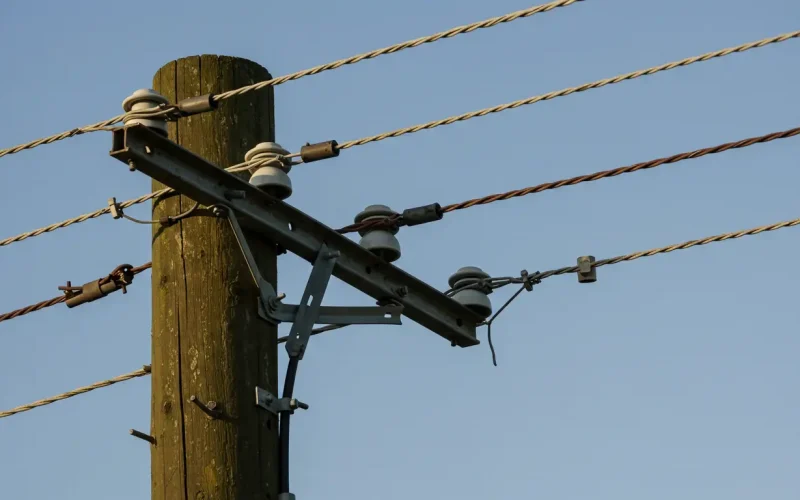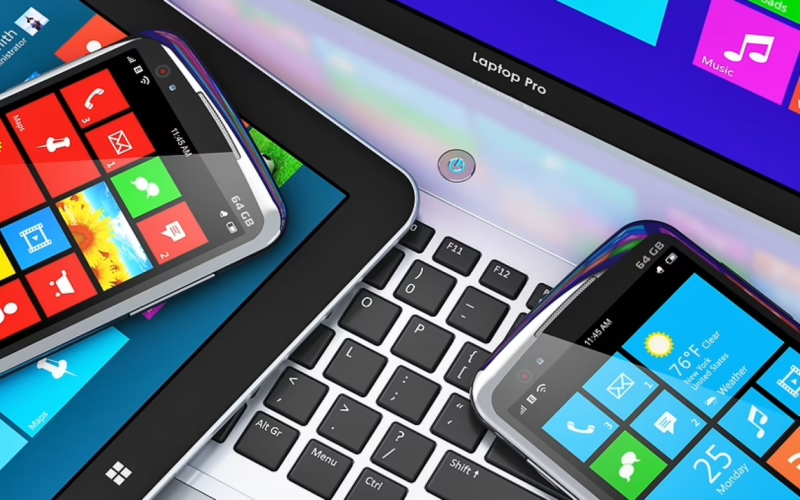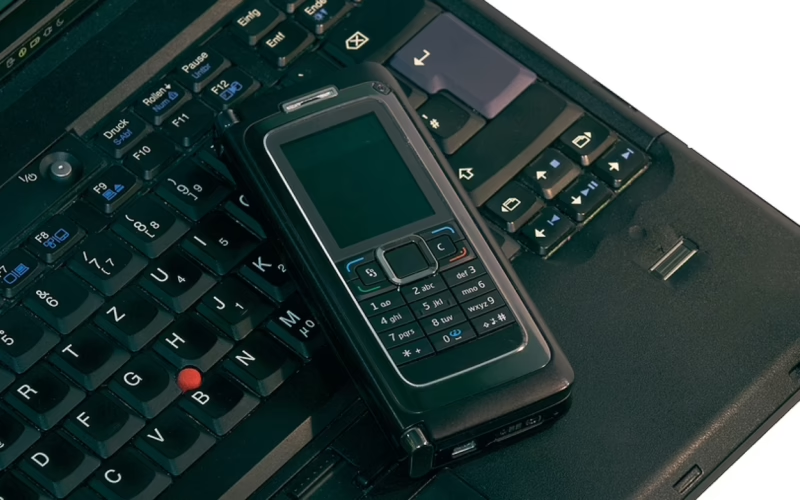UK: 03330 156 651 | IE: 01263 5299
-
UK: 03330 156 651
-
IE: 01263 5299
One Of The Most Recognisable Business Mobile Phones Was Fake
Article By Stephen McClelland
30/10/2024

There is a symbiotic cyclical relationship between the world of cinema and the world of business mobile solutions, with many notable early developments of the smartphone being showcased on the silver screen.
Whilst it is unlikely that an enterprise organisation needs a multimillion-pound feature film to emphasise the importance of smartphones for mobile business purposes today, cinema has been historically a very important part of the story of business mobile.
One of the most successful early examples of a smartphone, the Nokia 9000 Communicator, was prominently used in the 1997 film The Saint, starring Val Kilmer, where its capabilities were seen at length.
Whilst the film was not very well received, it did well enough at the box office for the early business smartphone to receive prominent coverage, and possibly contributed to the 9000 being one of business mobile’s early successes.
However, the same year, another spy film was released which not only did twice as well at the box office but also prominently showcased a business feature phone.
The only difference is that the phone in question turned out not to exist at all.
Until The World Fades Away
Released the same day as Titanic, Tomorrow Never Dies was the latest James Bond film, but remarkably for a series famous for its product placement, was the first time Agent 007 actually was assigned a mobile phone, courtesy of long-term sponsorship partner Ericsson (later Sony-Ericsson, now Sony Mobile).
Rather fittingly, it was assigned by Q Branch, with Desmond Llewellyn’s long-suffering Quartermaster handing it over alongside his specially modified car at Hamburg Airport.
Unfortunately, whilst Ericsson would coin the term smartphone with the R380, their first foray into the smartphone market would not be released for three years after Tomorrow Never Dies, which meant that the phone used for the film did not actually exist.
Only a dozen original Ericsson JB988 models were created, none of which ultimately featured the functionality of the phone as shown in the film.
This is something quite evident by the constant cuts between Q and the phone from its standard handset mode, to its fingerprint scanner, 20,000-volt taser and hinged form that revealed a widescreen and a touchpad with four buttons.
These gadgets were added by Q Branch post hoc, but that leads to the question of what purpose the original touchpad had when it was not being used as the remote control for a saloon car with machine guns driving around the multi-storey car park.
The fingerprint scanner could at least be plausibly explained as a security feature to protect the business handset and its contents, even if it would take a long time for smartphones to catch up and add fingerprint identification.
However, the taser function, used later to assassinate Dr Kaufman before he could shoot Mr Bond from Stuttgart “and still create the proper effect” is far less plausible or legal as a security feature.
Despite the fact that Ericsson did not release an associated handset, with the J series largely designed as an entry-level range even at the time, it did raise awareness of the brand and of mobile phones as a whole in an era dominated by Nokia and Motorola.
The later R380 took a very different design approach but did seem to borrow some inspiration from their own fictional handset.
SHARE POST
Related Posts
The UK telecommunications landscape is undergoing its biggest transformation in decades. Traditional analogue phone lines – the faithful technology.
When it comes to business mobile solutions, there are typically two realistic choices, which are the same choices available.
The modern office as we know it today has been largely shaped not just by the laptop but also.
Sign Up to Newsletter
Solutions
Company
© 2025 Yellowcom Ltd. All rights reserved.




